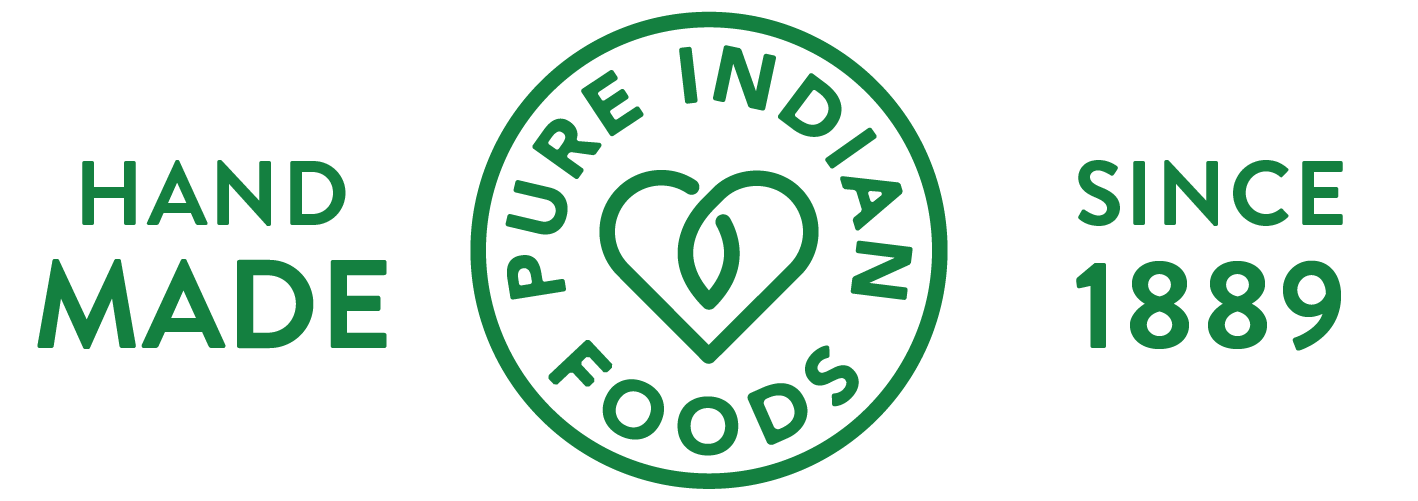First popularized by Dr. Loren Cordain in his landmark book of the same name, the Paleo diet has since become a global phenomenon — a call to return to how we evolved to eat, with its message spread far and wide on the internet. Where possible, many Paleo dieters opt for food in its most natural state: meat, fruits, and vegetables in abundance, while de-emphasizing food that is heavily processed or the product of the feedlots, laboratories, and factories that have become synonymous with the modern food industry.
On another level, the Paleo diet has become about individuality. A chief concern of the movement is to obtain lasting, optimum health, but with the knowledge that every individual — in light of intolerances, sensitivities, etc. — must determine for themselves what their body needs to achieve it.
For that reason, dairy — for all of its nourishing qualities — tends to occupy a ‘grey zone’ amongst Paleo eaters. Though it serves as an excellent source of healthy saturated fats, vitamins, and micronutrients, legitimate concerns exist about the impact of lactose and casein on the body. The former is a sugar found primarily in milk, while the latter is a protein with some similarities to wheat gluten, another problem point for many Paleo dieters. For more information about dairy sensitivities and lactose intolerance, please refer to Dairy Intolerance article.
Given these concerns, many Paleo dieters opt to completely remove dairy from their diet. A Paleo dieter looking for the safest way to incorporate both the flavor and many benefits of dairy in her diet, then, is left with two options: butter and ghee.
A Healthy Solution
Butter, being primarily animal fat, has had a majority of the problematic milk sugars and proteins removed. It can still cause problems, however, in the case of someone highly sensitive to either lactose or casein, leaving ghee as the absolute best option for enjoying dairy’s numerous benefits with none of the drawbacks. Ghee is produced when butter is clarified, meaning all but trace amounts of lactose and casein are removed. The final product offers a rich buttery flavor, several vitamins, and a highly stable, cooking-friendly saturated fat. Though tiny amounts of lactose or casein can remain, they exist at a level low enough to not cause concern for a Paleo dieter (sensitive or otherwise).
The benefits, likewise, are tremendous: vitamins A, D, E, and K2, all of which are found in abundance when the butter or ghee originates from cows fed rich, green grass. Given the broad range of benefits it offers, and given the lack of lactose and casein, grass-fed ghee comes highly-recommended as both a nutritious and delicious choice for any Paleo dieter.
Checkout review of our ghee in Paleo Magazine: Paleo Magazine, “Review: Pure Indian Foods”, August 7, 2012
Pure Indian Foods Grass-fed Organic Ghee has also been featured in:
- The New York Times
- Primal Body, Primal Mind by Nora T. Gedgaudas, CNS, CNT
- It Starts With Food by Dallas & Melissa Hartwig
- Marks Daily Apple
- Whole9 Life
- Nom Nom Paleo
- Rich Food Poor Food: The Ultimate Grocery Purchasing System (GPS) by Mira and Jayson Calton
Disclaimer: Please note the views and opinions in this article are for educational purposes only. The information is not intended as a substitute for medical advice. For questions about how to treat your illnesses, please consult your health care providers.


Leave a Reply